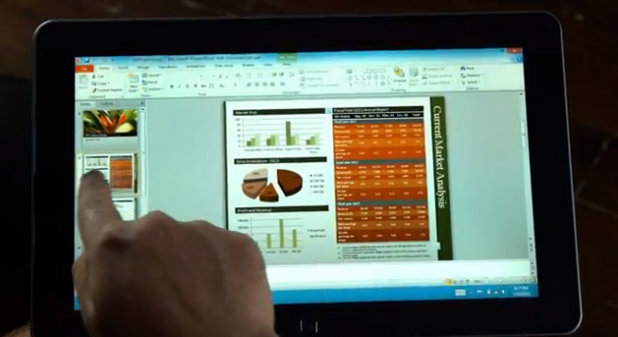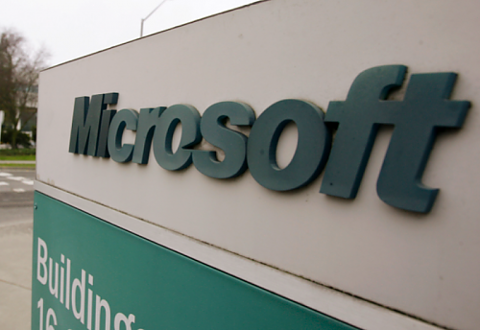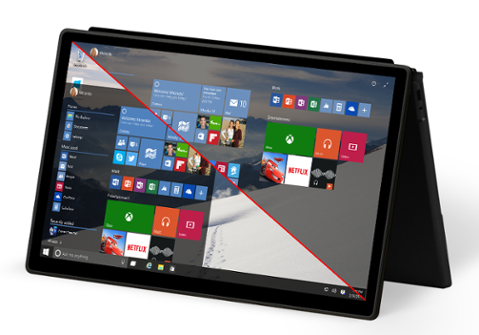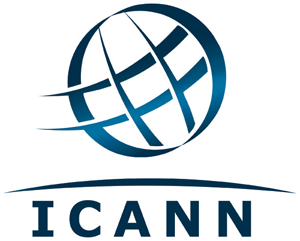Microsoft Considering Smaller Windows 8 Tablets
Microsoft might want a piece of the mini-tablet market. Earlier in March, Microsoft lowered the minimum screen resolution for Windows 8 tablets, from 1,366 x 768 pixels to 1024 x 768 pixels. “This doesn't imply that we're encouraging partners to regularly use a lower screen resolution,” the company wrote in an accompanying newsletter. “We understand that partners exploring designs for certain markets could find greater design flexibility helpful.” As pointed out by ZDNet’s Ed Bott—cited by other publications as the journalist who first noticed the altered guidelines—that lowered resolution “would allow manufacturers to introduce devices that are in line with the resolutions of the iPad Mini (1024 x 768) and the Kindle Fire and Google Nexus 7 (both 1280 x 800).” Lower resolution would disable Snap, a feature that allows Windows 8 users to view two apps next to one another. But that could be a small price to pay if it means Microsoft and its hardware partners can produce Windows 8 tablets in a popular size. A smaller Windows 8 tablet would almost certainly be cheaper, which would help the operating system in its quest for substantive market-share. Microsoft is also reportedly working on Windows Blue, an update to Windows 8 that adds new features to the operating system’s tablet-friendly “Modern” (formerly “Metro”) interface. Windows 8’s new Start screen, the centerpiece of the “Modern” interface, features colorful tiles linked to applications—the better to provide a smooth experience on tablets; power users and traditionalists can access a desktop environment by clicking or tapping on one of those tiles. Smaller tablets have begun to challenge the longtime dominance of Apple’s 9.7-inch iPad. Earlier this year, Apple CEO Tim Cook suggested that he wasn’t overly concerned about the possibility of the iPad Mini eating into the market for the full-sized iPad: “If we don’t cannibalize it, someone else will.” But even if he’s not worried about customers buying Apple products in place of other Apple products, there are indications that other small tablets—including Amazon’s Kindle Fire and Google’s Nexus 7—are enjoying far more marketplace traction than larger Android-based tablets. That popularity could be a reflection of the smaller tablets’ lower price, coupled with decent hardware. Whatever the contours of the smaller-tablet market, it’s certainly popular enough to tantalize any potential competitor. But if Microsoft plunges in, it will face the same challenges that confronted it in the larger-tablet arena: lots of solid competitors, and not a whole lot of time to make a winning impression. There are also not-inconsiderable hardware challenges to overcome, including processor selection and engineering for optimal battery life. Image: Microsoft



